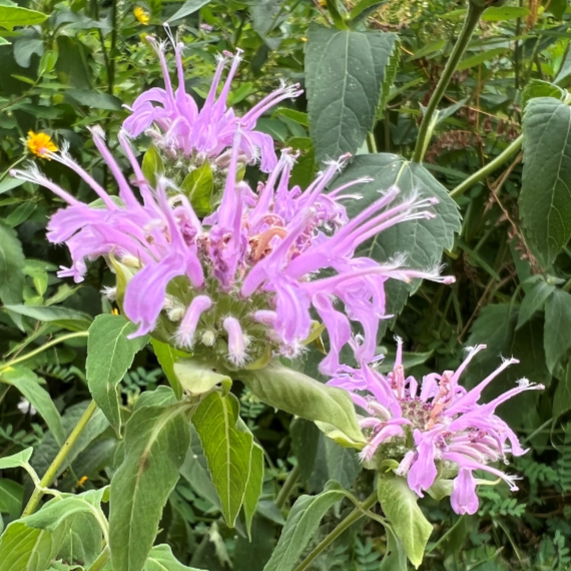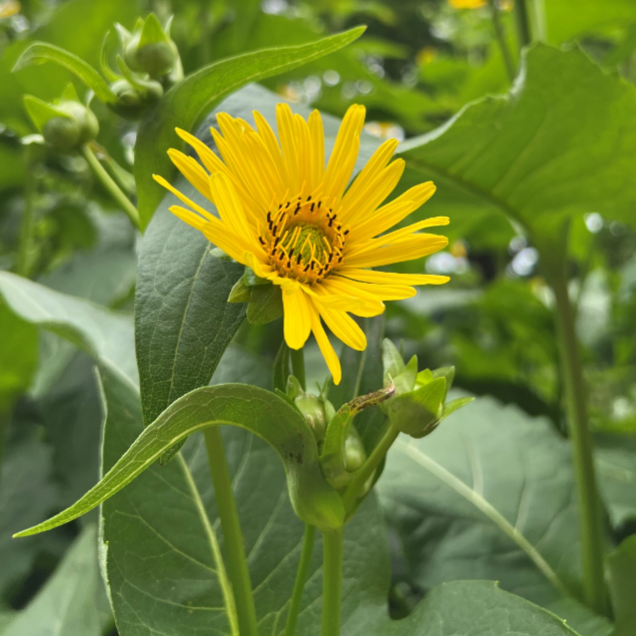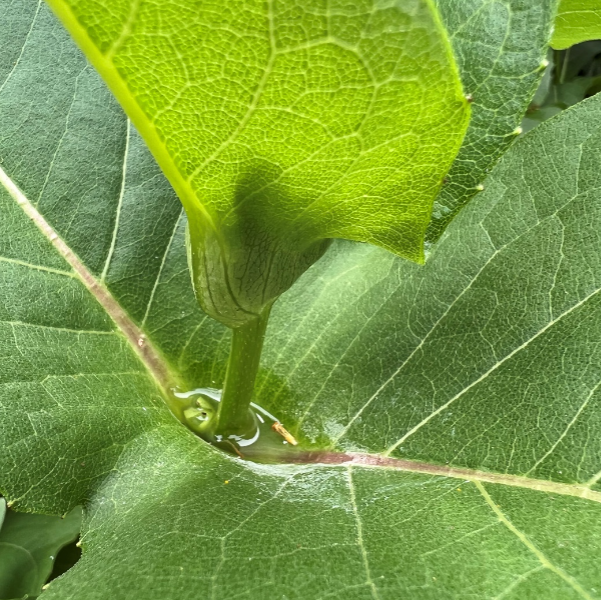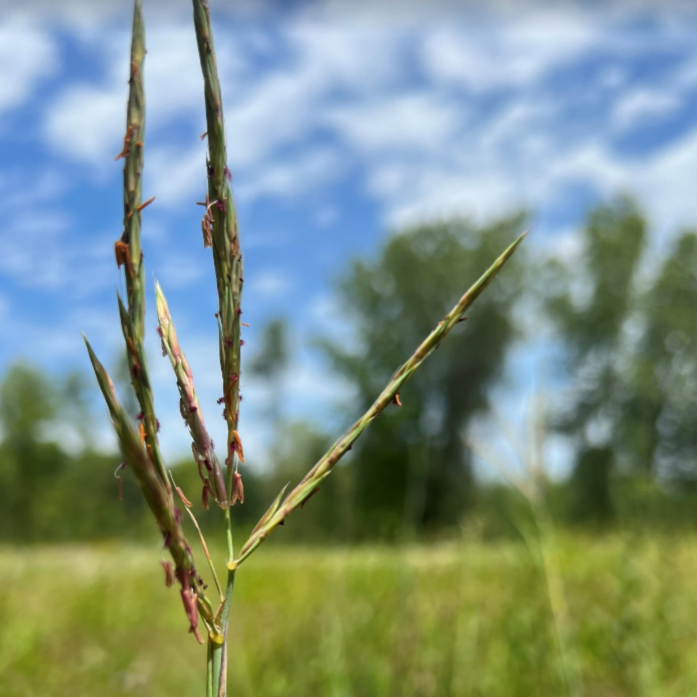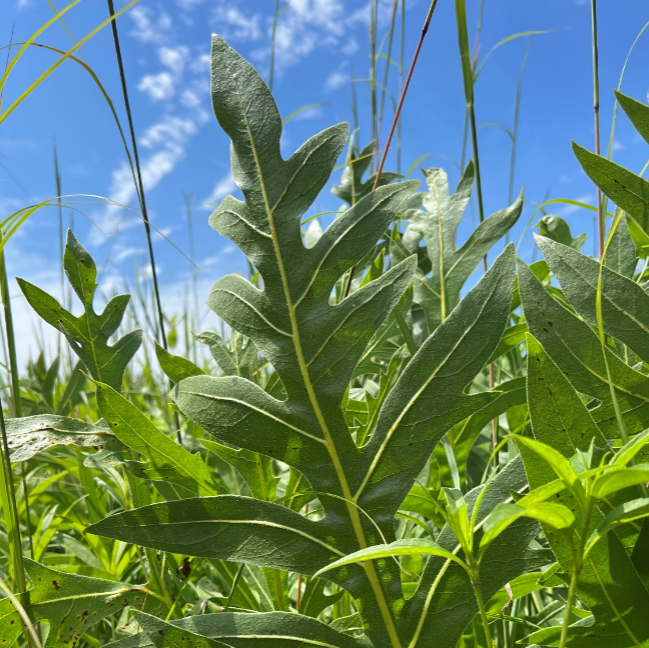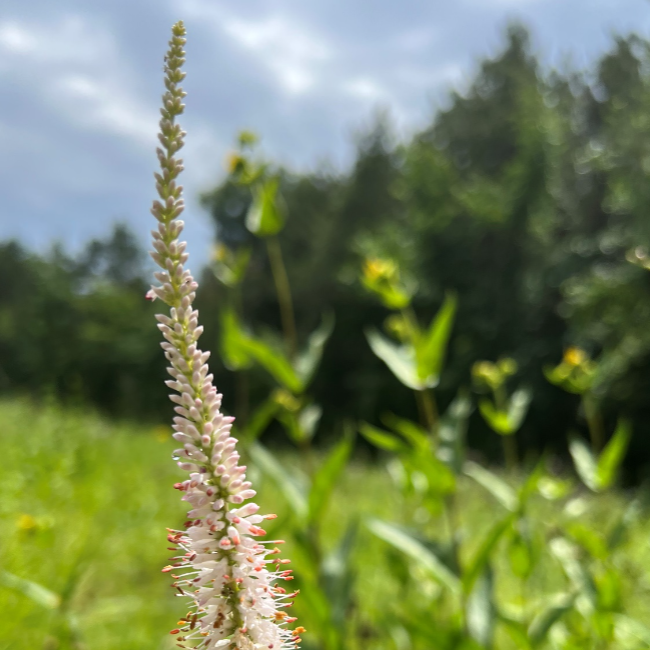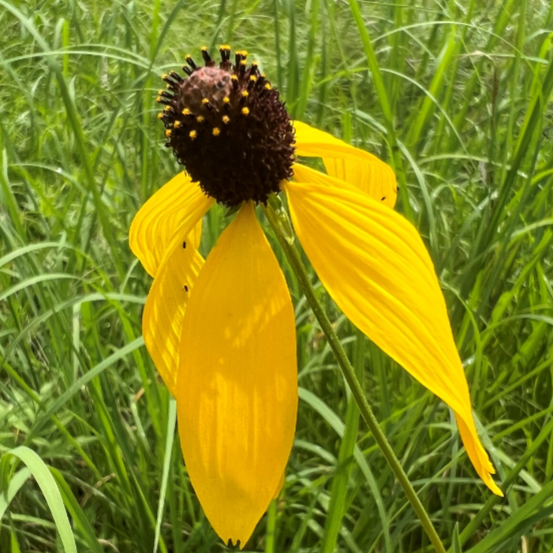A Summer’s Bloom: Naturalist Notes
In the heat of summer, some plants thrive! These plants add a pop of color to the sun’s glaring light. Now, don’t get me wrong I love spring ephemerals, but there is just something about tallgrass prairies that has captivated me.
Historically, Michigan had tallgrass prairies on the west side of the lower peninsular before European settlement. Actually, one-third of North America was covered by prairies, tallgrass, shortgrass, and mixed-grass.
Shortgrass prairie - Mixed-grass prairie - Tallgrass prairie
Prairies are one of the most complicated and diverse ecosystems in the world, surpassed only by the rainforest of Brazil. As the name implies, the predominant plants in this ecosystem are grasses, but twenty percent of the vegetation is forbs or flowering plants. Also, as the name suggests, these plants are tall, reaching average heights of 10 feet. It’s not just what is happening above ground that makes prairies so interesting, but what’s below ground too. Prairie plants can flourish in a habitat with little water and survive fires because of the deep roots they put down. Some prairie plant roots stretch 15 feet below the surface! The process of these roots dying back makes prairie soil nutrient rich.
Because of the diversity of plants, tallgrass prairies bloom from spring to early fall. Right now, some of my favorite plants are starting to bloom.
Monarda didyma - bee balm
Silphium perfoliatum - cup plant
Andropogon gerardii - big bluestem (turkey foot)
Silphium laciniatum - compass plant
Veronicastrum virginicum - Culver’s root
Ratibida pinnata - gray-headed coneflower
Prairie plants are not only interesting, but they are also vital to many different species of animals. Because they bloom from spring into fall, they are a great supplier of nectar for insects, green vegetation for herbivores, and seeds for birds. These plants are very well adapted to Michigan’s climate. If you want flowers in your yard for most of the year that requires little maintenance once established, then consider adding prairie plants to your garden.
Submitted by Cathy Wesley, Naturalist, July 2022



